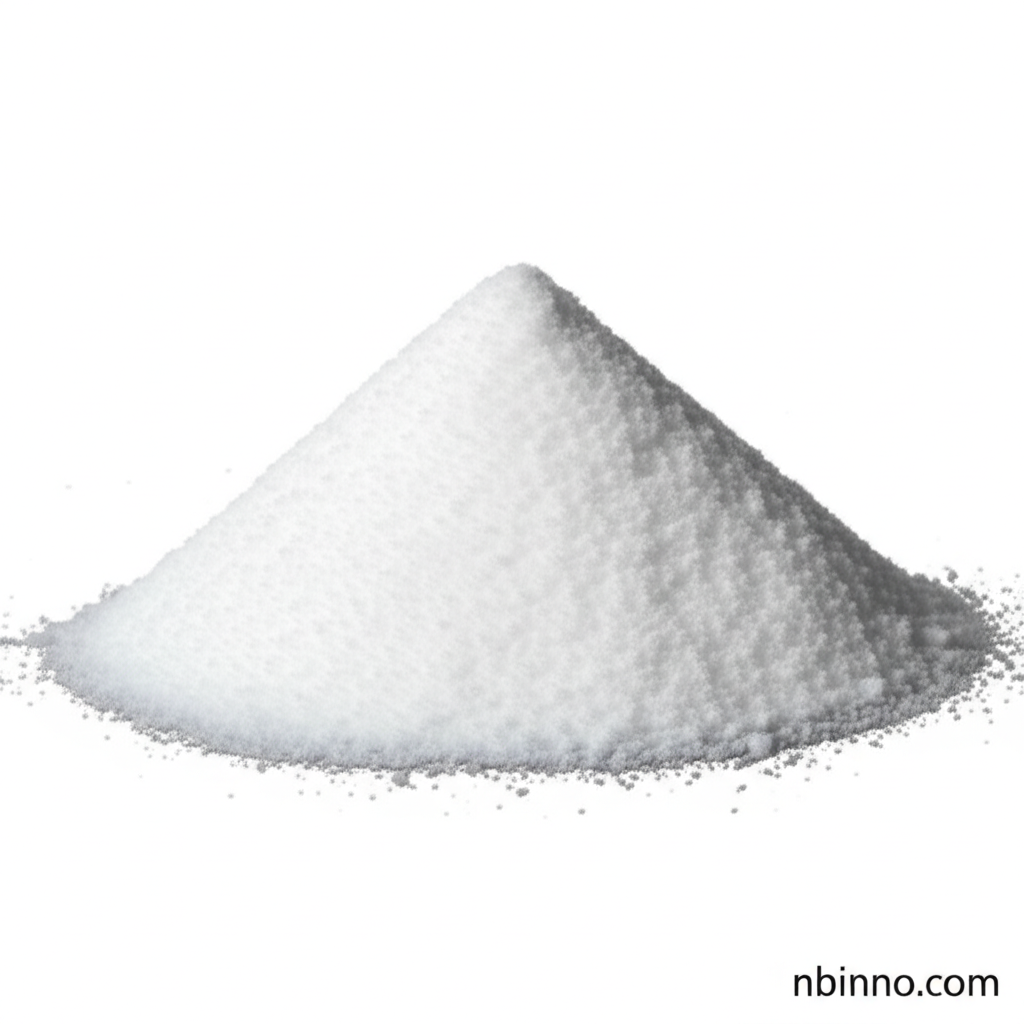High Purity D-Tartaric Acid (99%): Applications and Benefits in Various Industries
Explore the extensive applications and advantages of D-Tartaric Acid (CAS 147-71-7), a crucial component in modern industry.
Get a Quote & SampleProduct Core Value

D-Tartaric Acid
D-Tartaric Acid, identified by CAS No. 147-71-7, is a premium chemical compound presented as a fine white crystalline powder, boasting a purity of 99%. Its well-defined crystalline structure and exceptional purity make it a preferred choice for sensitive applications where consistency and performance are paramount.
- Discover the diverse food grade tartaric acid uses as a primary acidulant in beverages and confectionery, enhancing flavor profiles.
- Learn how high purity D-tartaric acid serves as a critical chemical intermediate in the synthesis of pharmaceuticals and fine chemicals.
- Understand the role of tartaric acid powder uses in textile dyeing as a mordant, improving color fastness and brilliance.
- Explore the application of industrial tartaric acid applications in metal treatment and electronics due to its chelating and piezoelectric properties.
Key Advantages
Exceptional Purity
With a guaranteed purity of 99%, our D-Tartaric Acid ensures reliable and consistent results for your demanding chemical processes, directly addressing the need for high purity D-tartaric acid.
Versatile Functionality
From food acidulants to pharmaceutical precursors, its broad utility as a chemical intermediate highlights its value across multiple industries.
Industrial Applications
The unique properties of D-Tartaric Acid make it indispensable for various industrial tartaric acid applications, including metal cleaning and specialized electronic components.
Key Applications
Food and Beverage Industry
Leveraging its tartness and acidifying properties, D-Tartaric Acid is essential for numerous food grade tartaric acid uses, from carbonated drinks to baked goods.
Pharmaceutical Synthesis
As a vital chemical intermediate, it plays a role in creating complex molecules and active pharmaceutical ingredients, showcasing its importance in drug development.
Textile and Dyeing
In the textile sector, its function as a mordant aids in achieving vibrant and lasting colors, demonstrating practical tartaric acid powder uses.
Metal Treatment and Electronics
Its chelating abilities and piezoelectric effects open doors for various industrial tartaric acid applications, enhancing metal surface finishing and electronic device performance.
